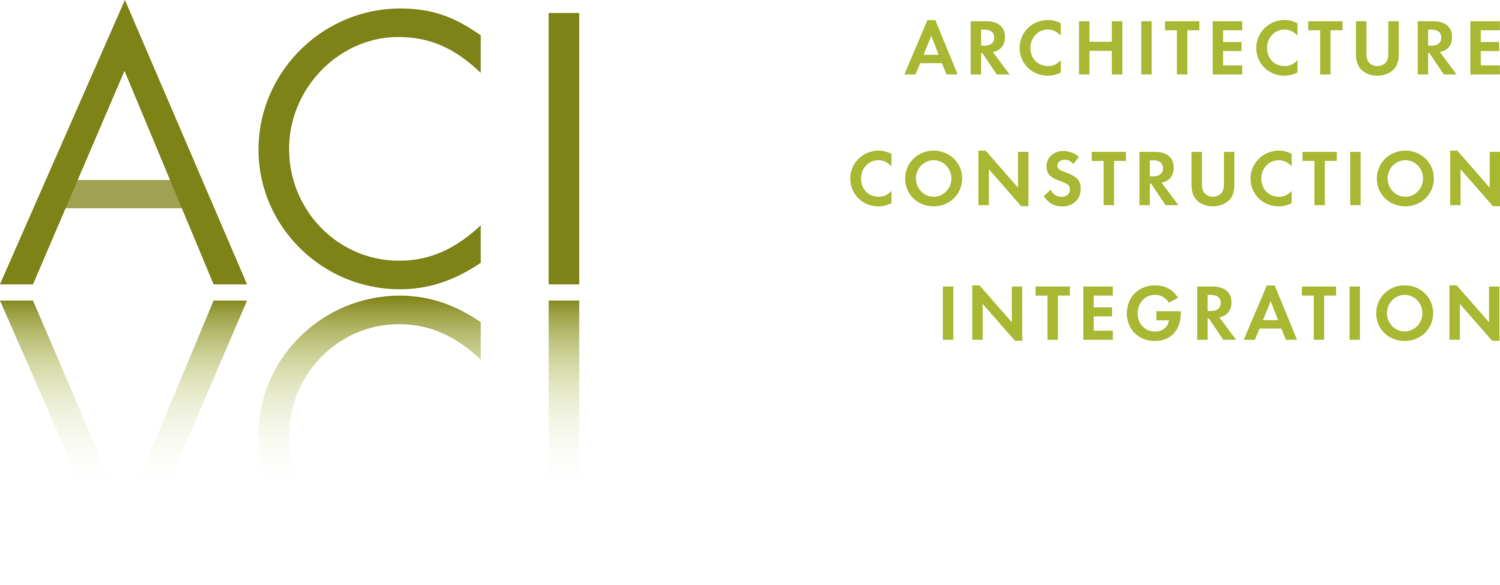Where to start on your project?
You likely have a lot of ideas of what you want, thoughts about what you want to spend, and some vague ideas of what things cost. But do they align? Will the City or County allow me to do what I want? How long will it take? How do I go about finding a team, an architect and builder, that I can collaborate with to help me understand the process?
Initial Meeting:
Our first step is to come out and meet with you at the property and talk with you about your needs and desires and see if we would be a good fit for you and your project. There is no cost for this initial consultation and we can usually give you a rough idea whether your budget and expectations are aligned and identify potential limitations due to zoning requirements.
Questionnaire:
After the initial meeting, we send our potential clients a short questionnaire to complete and return to us. This questionnaire gives us some very basic information on your needs and wants (number of bedrooms, etc) and allows us to come up with a scope of work for your project.
Proposals:
After the initial scope of work is established, we usually provide our potential clients with a Proposal for Master Plan. The Master Plan service helps our clients and ourselves identify all the potential work that may be envisioned on your property, now and into the foreseeable future. It includes Preliminary Cost Estimates and timelines and establishes a more refined scope of work, including potential multiple phases of design and construction. This proposal is usually a relatively inexpensive fixed-fee and includes several meetings with the property owners to establish a collaborative relationship, set design goals, identify zoning constraints and generate preliminary plans.
After this Master Plan is complete and a more refined scope of work is established, we will produce a Proposal for Architectural Services. This proposal covers all the necessary work to design, draw and coordinate, and permit and construct the project. The proposal can be based on a percentage of the construction cost, a set fee or an hourly contract, depending on the nature of the work and preference of the homeowner.
Other Info
There are a number of other technical items that are also required during or before the design phase of your project. Most of these can be coordinated or executed by a competent local architect. Every City and County are slightly different, but in general, you will need:
Survey:
This can be as simple as an ILC (Improvement Lot Certificate), which often comes along with the purchase of a property. Very likely, this survey will need additional information from the survey company. This may mean additional dimensions or topographic information. Your architect should be able to generate a list of additionally required information based on your specific property and proposed project or connect you with a licensed surveyor to get a basic survey started.
As-Built Drawings:
If you are thinking of a renovation or addition, an accurate set of drawings (plans and elevations) will be needed. If these can not be found or do not exist for your property, your architect should be able to come out and measure the house and generate a set of drawings.
Soils Test:
Each property is unique and the underground soils conditions need to be evaluated for their ability to support buildings and shed sub-surface water. A soils test by a certified Soils Engineer or Geo-Technical Engineer may be required by either the design team (architect and structural engineer) and/or the local building permit authority.
Asbestos and Lead Paint Testing:
For any major remodel, or substantial demolition, the Environmental Protection Agency requires that an asbestos inspector must certify EPA compliance regarding the presence of asbestos by signing a state application for a demolition permit. The inspector also certifies that building materials suspected by the EPA of containing asbestos have been sampled and analyzed in accordance with the EPA’s Asbestos Hazard Emergency Reauthorization Act (AHERA) protocol. This testing is performed by a certified asbestos inspector and it is for the protection and safety of the homeowners and the contractors that will be performing the demolition, renovation and building work. Your architect should be able to coordinate this work with you.
Existing Energy Usage Audit:
An energy Audit is the first step towards understanding your homes current energy status. The general energy audit includes diagnostic testing using specialized equipment such as a blower door test, duck leakage tester, combustion analyzer and infrared camera. These tests are done to determine the location and number of air leaks in the building envelope, how much leakage is occurring from HVAC distribution ducts, how effective is the insulation inside the walls and ceilings, and finally to find any existing or potential combustion safety issues. This step will usually be followed by a HERS report (Home Energy Rating System) if there is substantial construction work planned. Your architect should be able to help coordinate this work.
Contact us:
What is outlined above is just a basic list - some projects require more or less. Please feel free to give us a call or email and we can walk you through what you might need and how we might be able to help.
Mark Gerwing mark@mgerwingarch.com 303-886-9872

